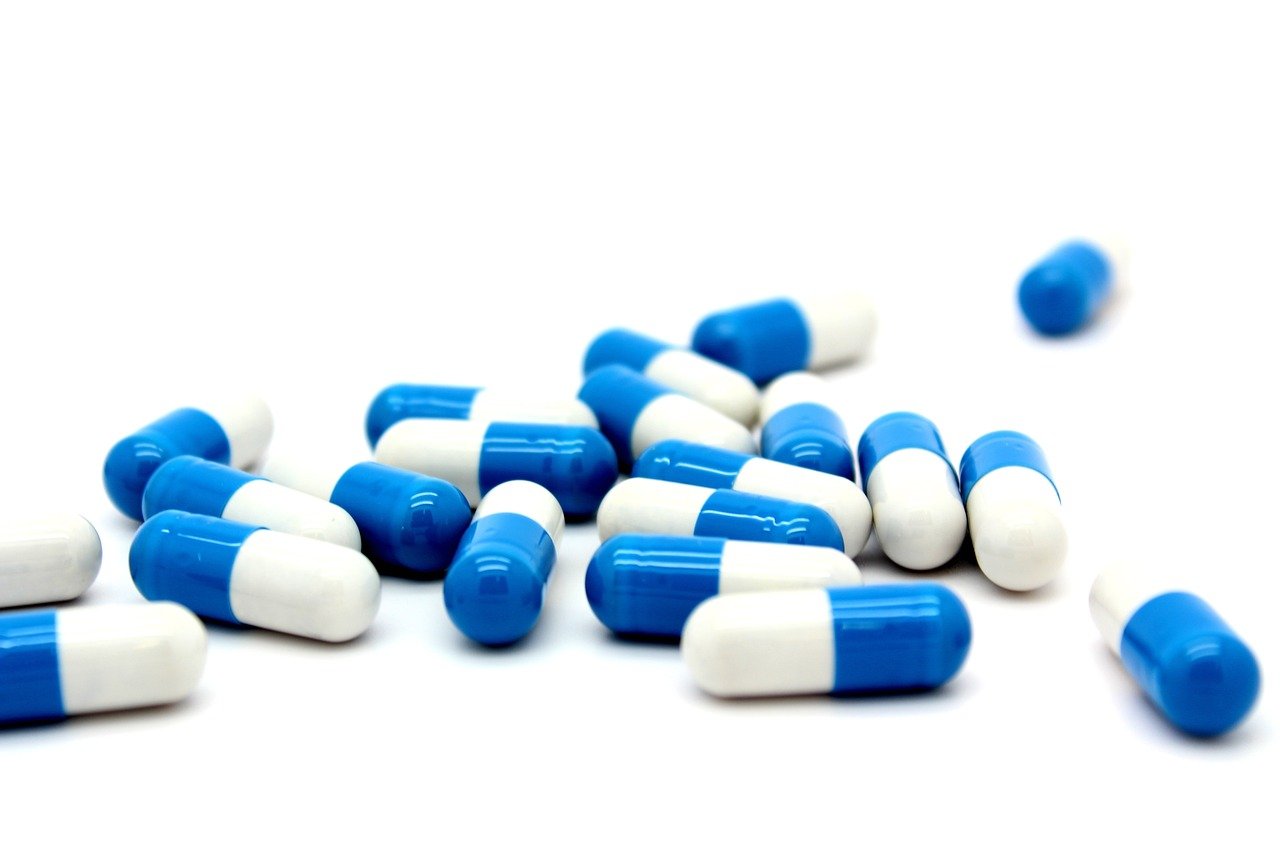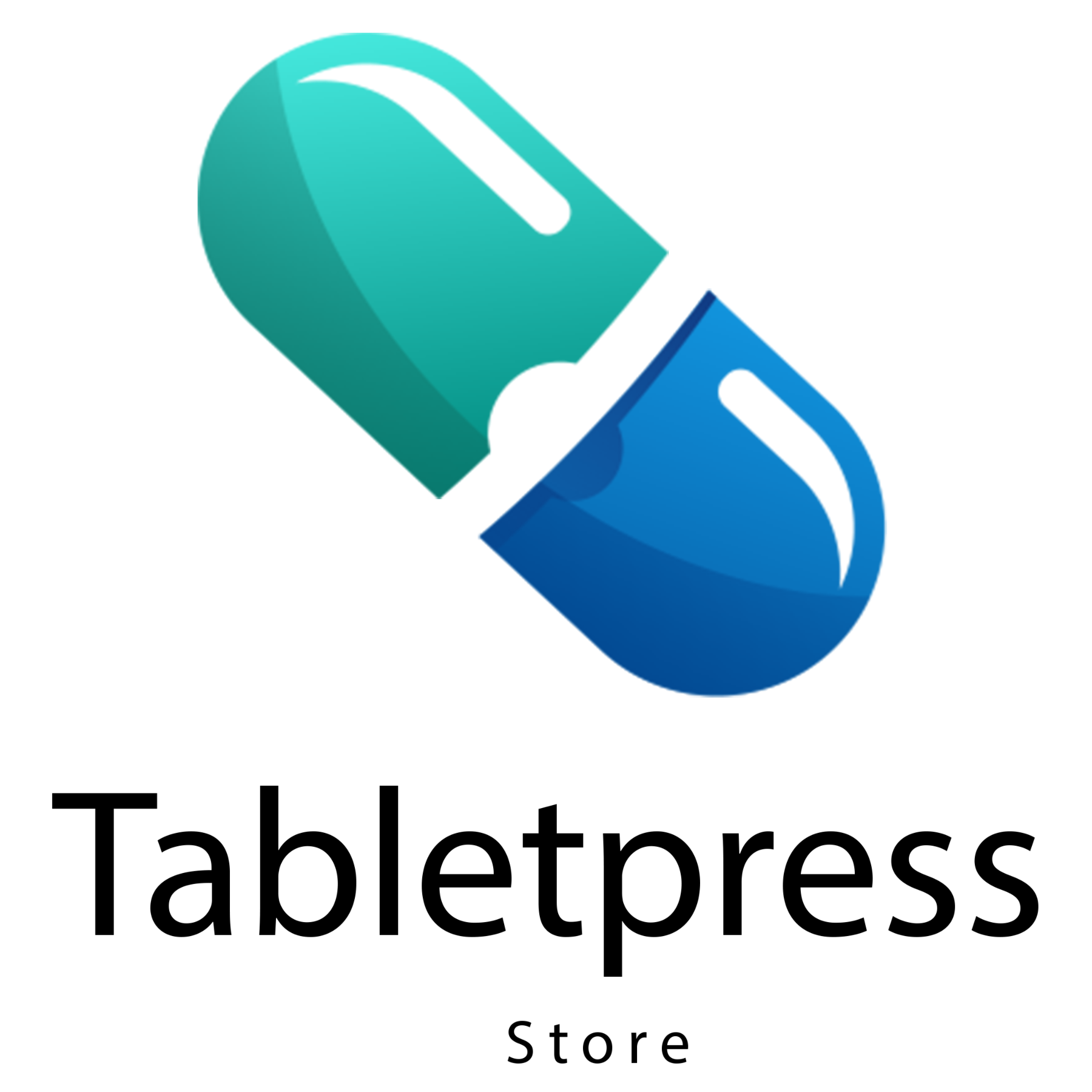Advancements in Tablet Compression Technology: Shaping the Future of Pharmaceutical Manufacturing
Tablet compression technology has evolved significantly over the years, driven by the need for more efficient, precise, and versatile solutions...
WELTWEITER VERSAND - Jetzt bestellen

Tablet manufacturing is one of the most critical processes in the pharmaceutical industry. Tablets are the most widely used dosage form due to their convenience, stability, and ease of administration. However, the journey from raw materials to finished tablets is fraught with challenges that can impact product quality, manufacturing efficiency, and regulatory compliance. In this article, we explore the common challenges faced in tablet manufacturing and the innovative solutions that help overcome these obstacles.
The challenges in tablet manufacturing are numerous and complex, but advances in technology and process optimization are paving the way for more efficient and reliable production. By addressing variability in raw materials, enhancing compression precision, and embracing automation and smart manufacturing, the pharmaceutical industry can overcome these challenges and continue to deliver high-quality, safe, and effective tablets to patients worldwide. Embracing these innovations will be crucial as the industry moves towards more personalized and complex formulations, ensuring that tablet manufacturing keeps pace with the evolving landscape of modern medicine.
Tablet compression technology has evolved significantly over the years, driven by the need for more efficient, precise, and versatile solutions...
Tablet press machines, often referred to as tablet compression machines, are essential tools in the pharmaceutical industry. These machines are...
Tablet compression machines, also known as tablet presses, are the backbone of tablet manufacturing in the pharmaceutical industry. These machines...
Excipients play a crucial role in the development and production of pharmaceutical tablets. They are the inactive components of a...
